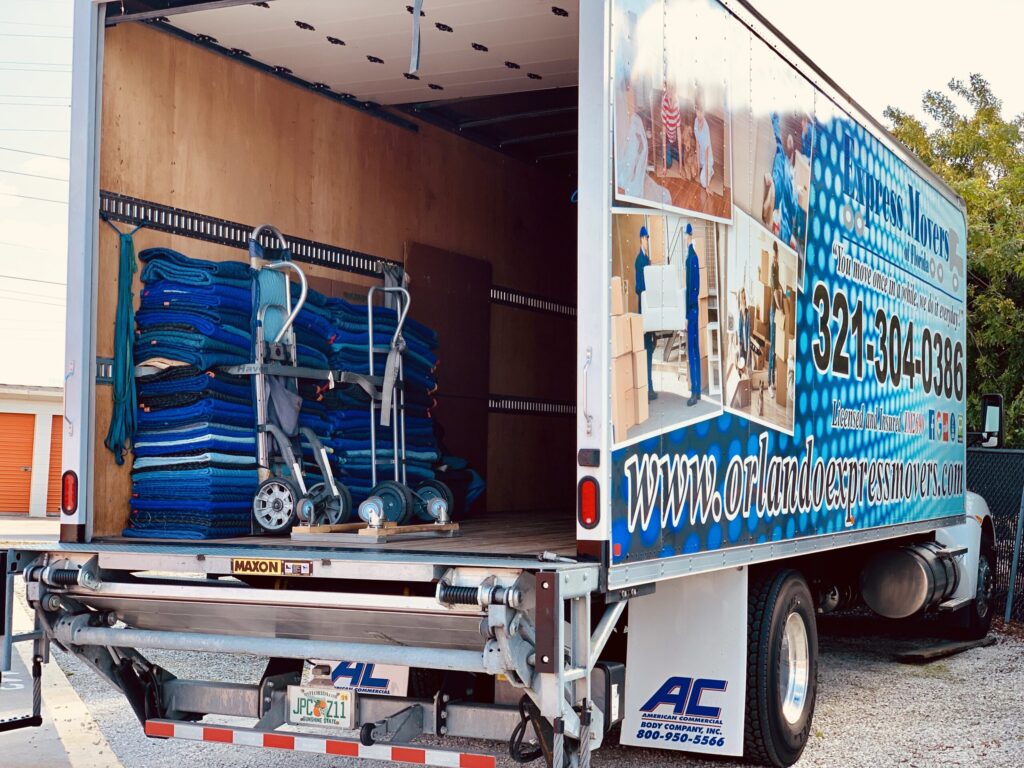Moving to another state involves more than just packing up your belongings. It requires careful planning and organization, including the transfer of important documents. Ensuring a seamless transition of your personal records, identification, and legal paperwork is crucial. In this guideline, we will provide you with a comprehensive step-by-step approach to help you successfully move your documents to another state and maintain accessibility and security throughout the process.
Step 1: Research State-Specific Requirements
Start by researching the specific requirements and regulations of the state you are moving to. Different states may have varying rules regarding driver’s licenses, vehicle registration, voter registration, and other important documents. Visit the official websites of the state’s department of motor vehicles, secretary of state, or other relevant agencies to familiarize yourself with the necessary documentation and procedures.
Step 2: Create an Inventory of Documents
Make a comprehensive inventory of all the documents you will need to transfer. This may include identification documents (driver’s license, passport), vehicle registration and insurance papers, medical records, school records, employment records, tax documents, and legal paperwork (such as birth certificates, marriage certificates, and wills). Having a checklist will help you stay organized throughout the process.
Step 3: Notify Relevant Agencies and Institutions
Contact the necessary agencies and institutions to inform them of your change of address. This may include your employer, banks, credit card companies, insurance providers, healthcare providers, schools, and any subscription services you use. Update your address information with them and inquire about any specific procedures or documentation required for the transfer of your accounts and services.

Step 4: Transfer or Update Your Driver’s License
If you plan to drive in your new state, you will need to transfer or update your driver’s license. Check the specific requirements of your new state’s department of motor vehicles to determine the necessary documentation, such as proof of residency, your current driver’s license, and social security card. Schedule an appointment or visit the local DMV office to complete the process.
Step 5: Transfer Vehicle Registration and Insurance
If you are bringing your vehicle with you, you will need to transfer your vehicle registration and update your insurance. Contact your current insurance provider to inform them of the move and inquire about their procedures for transferring coverage to your new state. Additionally, visit the local DMV office in your new state to complete the vehicle registration transfer and obtain new license plates and tags.
Step 6: Gather Medical and School Records
Contact your healthcare providers to obtain copies of your medical records. This includes information about your vaccinations, prescriptions, and any ongoing medical conditions or treatments. Similarly, contact your current school or educational institution to request copies of your or your children’s school records, including transcripts, diplomas, and other relevant documents.
Step 7: Organize Legal and Financial Documents
Gather all your legal and financial documents, such as birth certificates, marriage certificates, wills, tax records, and property deeds. Ensure these documents are kept in a secure and organized manner, either in a locked box or a fireproof safe. Consider making digital copies of these important documents and storing them securely on a password-protected cloud storage service for easy access.
Step 8: Forward Mail and Change AddressFile a change of address with the United States Postal Service (USPS) to ensure your mail is forwarded to your new address. Visit the USPS website or visit your local post office to complete the necessary forms. Additionally, notify your banks, credit card companies, and other important contacts about your change of address to ensure that you continue receiving important correspondence.
Step 9: Safeguard Sensitive Information
Throughout the moving process, it’s crucial to safeguard your sensitive information. Keep important documents and identification cards with you during the move, rather than packing them in boxes that could get lost or damaged. Consider carrying these items in a secure bag or folder that remains in your possession at all times.
Step 10: Settle in and Update Documentation
Once you have relocated to your new state, take the time to settle in and update your documentation accordingly. Visit the local offices or online portals of the appropriate agencies to update your driver’s license, vehicle registration, voter registration, and other necessary documents. Settling these matters promptly will help you establish your new residency and ensure compliance with state regulations.

Moving documents to another state requires careful planning and organization. By following this step-by-step guideline, you can ensure a smooth transition of your important records and documentation. Remember to research state-specific requirements, create an inventory of documents, notify relevant agencies, transfer or update your driver’s license and vehicle registration, gather medical and school records, organize legal and financial documents, forward mail, safeguard sensitive information, and settle in by updating your documentation promptly. Taking these steps will help you navigate the process efficiently and maintain accessibility and security of your documents during your move to another state.
